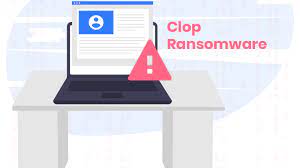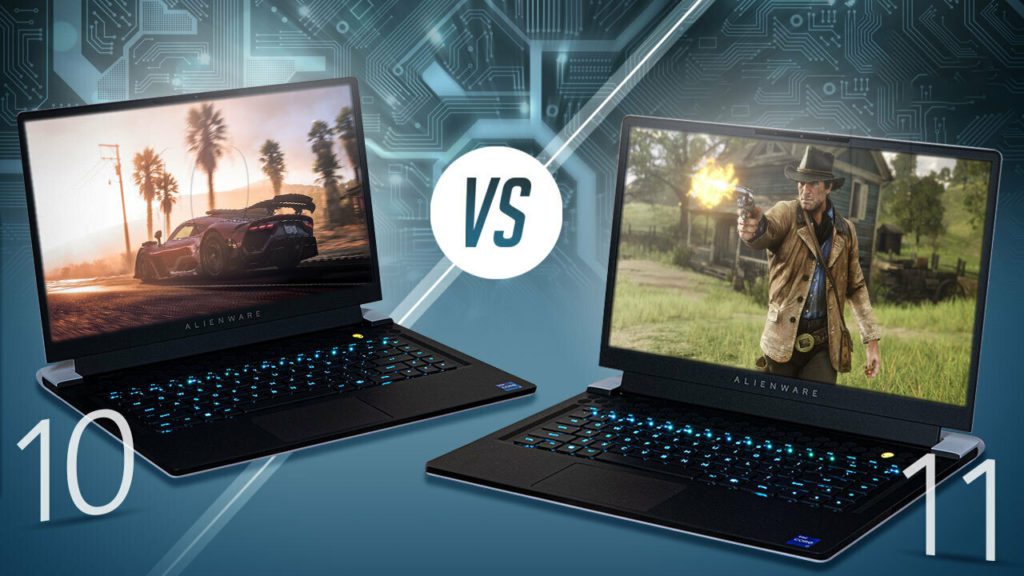
So, do you need a website?
Welcome to the year 2023. In today’s digital age, a website is an essential tool for any business or individual looking to establish an online presence. The internet has revolutionized the way we do business, and having a website is no longer an option, but a necessity. A website can serve many purposes, from being a platform to showcase your products or services, to providing information and resources, to connecting with your audience. In this post, I’ll explore the different purposes of a website and why it is crucial for anyone looking to succeed in the online world.
It Assists In Establishing Credibility:
One of the primary purposes of a website is to establish credibility. In today’s world, people are likely to look up a business or individual online before engaging with them. Having a website can provide potential customers or clients with essential information about your business, such as your mission statement, services or products, and contact details. A well-designed website can give your business a professional image and help build trust with potential customers. It can also be a great way to showcase your brand’s personality and uniqueness.
Marketing and Advertising:
Another purpose of a website is marketing and advertising. A website is an excellent tool for promoting your business or personal brand online. With the right content and search engine optimization (SEO) strategies, a website can attract potential customers and increase your online visibility. Additionally, a website can be an excellent platform to showcase your products or services, provide special offers or promotions, and connect with your audience. It can also be a great way to integrate your social media channels and other marketing efforts to create a cohesive brand experience.
Providing Information and Resources:
A website can also serve as a platform to provide information and resources to your audience. If you are an individual, a website can be a place to share your ideas, opinions, and knowledge with others. If you are a business, a website can provide valuable information about your products or services, industry news and insights, and educational resources for your customers. By providing useful and relevant content, you can establish yourself as an authority in your field and build a loyal following. It can also be a great way to provide customer support and answer frequently asked questions.
E-commerce:
For businesses, a website can also be a great way to sell products or services online. E-commerce websites have become increasingly popular, and for good reason. They offer businesses the opportunity to reach a wider audience and sell their products or services 24/7. A well-designed e-commerce website can provide a seamless shopping experience for customers, increasing the likelihood of repeat business.
Conclusion:
In conclusion, a website is an essential tool for anyone looking to establish an online presence. From establishing credibility to marketing and advertising, providing information and resources, and selling products or services online, a website can serve many purposes. Whether you are an individual or a business, having a website can help you reach a wider audience, establish yourself as an authority in your field, and ultimately, achieve your online goals. It is crucial to invest time and resources in creating a well-designed website that reflects your brand’s personality and values. With the right strategy, a website can be a powerful tool to help you succeed online.:
Thinking about getting a new website or
having your current website overhauled ?
Complete this form & We'll reach out to help you











